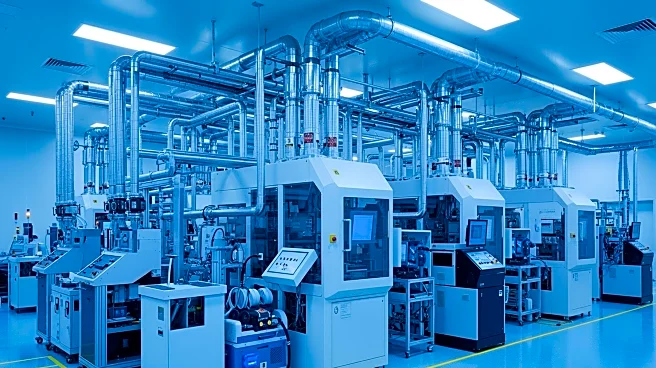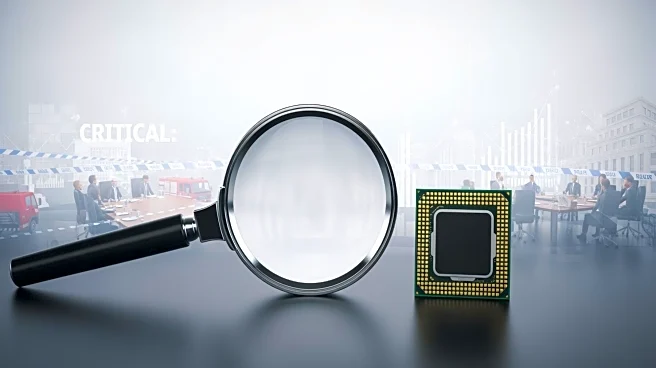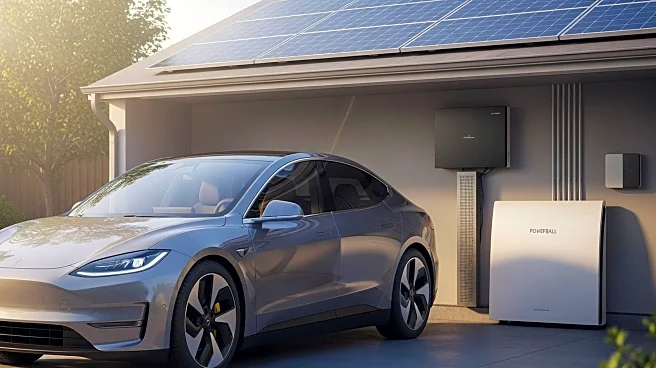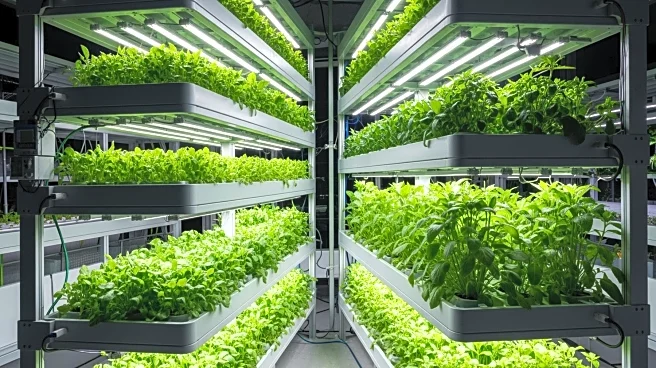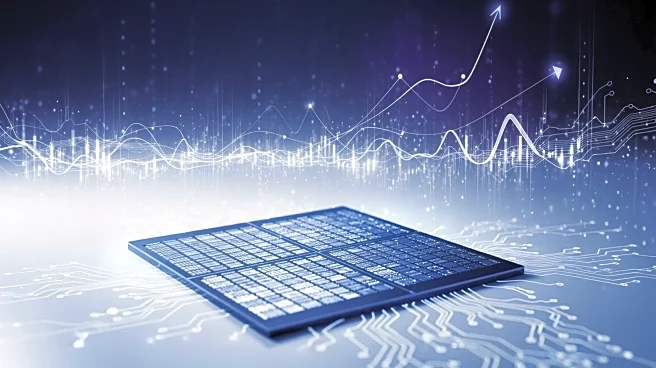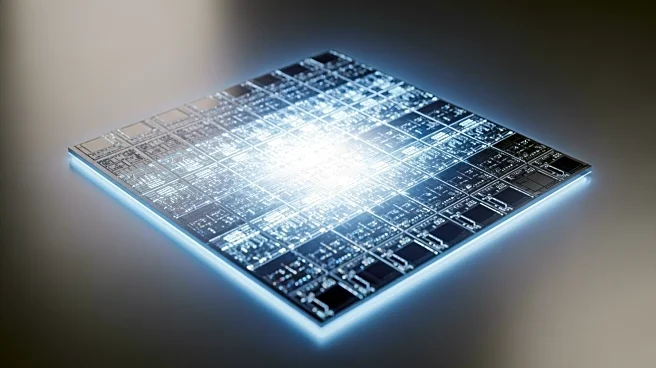What's Happening?
The semiconductor industry is experiencing significant advancements in exhaust abatement systems, driven by stringent global environmental regulations. These systems are essential for capturing and neutralizing
hazardous gases emitted during semiconductor manufacturing processes. The market for these systems is projected to grow from $971 million in 2024 to $2033 million by 2032, with a compound annual growth rate of 10.6%. Key players like Ebara, Atlas Copco, and Nippon Sanso are innovating to enhance system efficiency and reduce operational costs. The industry faces regulatory pressure to reduce emissions of perfluorocarbons (PFCs) and nitrogen trifluoride (NF3), which contribute significantly to the semiconductor sector's carbon footprint of approximately 45 million metric tons of CO2 equivalent annually.
Why It's Important?
The push for advanced exhaust abatement systems is crucial for the semiconductor industry's compliance with environmental regulations and sustainability goals. As semiconductor manufacturing expands, particularly in advanced technology nodes below 10 nanometers, the demand for sophisticated abatement solutions increases. This trend not only ensures regulatory compliance but also aligns with global sustainability initiatives, making these systems strategic investments. The integration of smart monitoring and IoT capabilities in these systems enhances operational efficiency and reduces costs, providing significant economic benefits to manufacturers. The industry's commitment to reducing its environmental impact is vital for maintaining its license to operate and for meeting the increasing demand for eco-friendly manufacturing practices.
What's Next?
The semiconductor industry is expected to continue its expansion, particularly in the Asia-Pacific region, where new fabrication facilities are being established. This growth will sustain the demand for exhaust abatement systems. Additionally, technological advancements in these systems, such as the integration of AI for predictive maintenance, will further enhance their market appeal. The industry's focus on sustainable manufacturing and net-zero goals will drive further investments in eco-friendly abatement technologies. Collaborations between leading companies and semiconductor fabs to develop custom solutions for advanced nodes and EUV lithography processes are likely to increase, ensuring higher abatement efficiency and reliability.
Beyond the Headlines
The evolution of exhaust abatement systems reflects a broader shift towards sustainability and circular economy principles within the semiconductor industry. Manufacturers are increasingly seeking solutions that contribute to resource efficiency and waste minimization. Advanced systems that enable the recovery and reuse of process byproducts offer significant opportunities for market differentiation. This shift from compliance-driven purchases to value-added environmental solutions highlights the industry's commitment to sustainability and its potential to drive long-term environmental and economic benefits.
